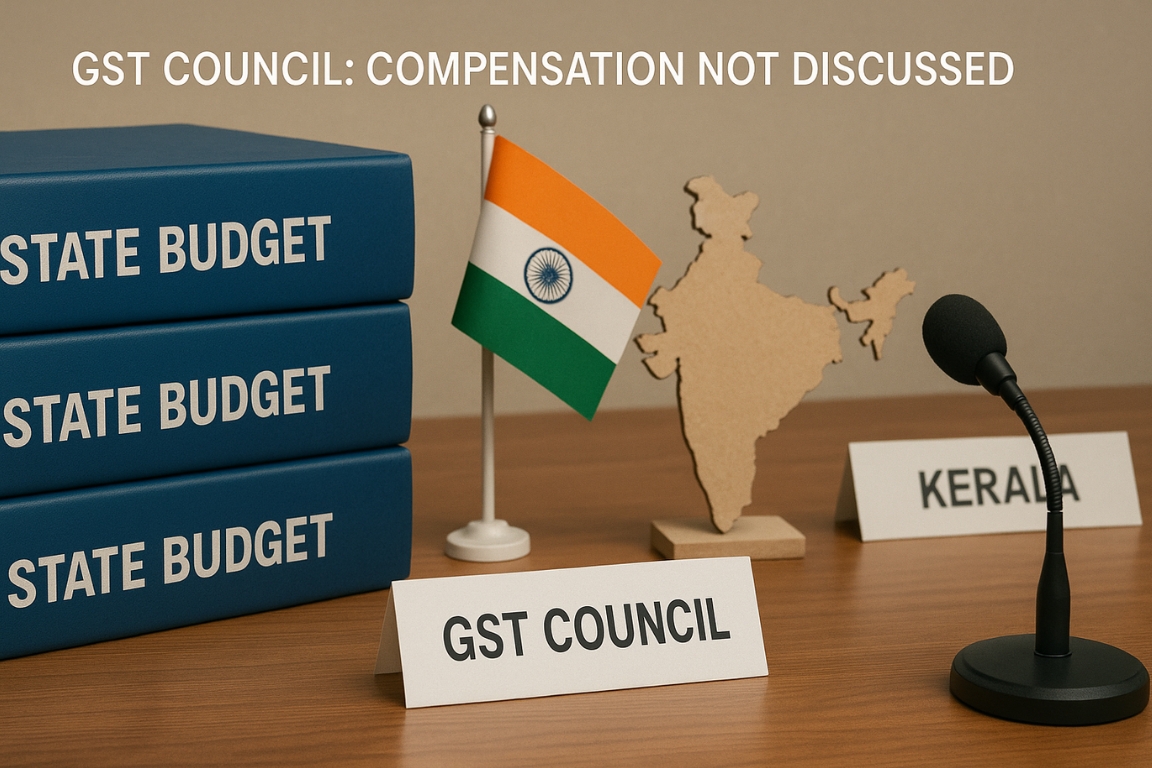India is entering a critical phase of its demographic dividend, expected to add 133 million workers by 2043. However, lack of a comprehensive national employment framework threatens to waste this opportunity.
Background
- India is the world’s most populous and youngest country.
- Working-age population will peak around 2043, making job creation urgent.
- Quality employment can drive inclusive growth, reduce inequality, and strengthen economic resilience.

Need for a National Priority
- Employment is key to: Poverty reduction and social equity. Sustained economic growth through wider consumption.
- Current schemes are fragmented; India needs an Integrated National Employment Policy.
Proposed National Employment Policy (NEP)
- Comprehensive Approach: Merge existing programmes on skills, social security, migration, and industry. Coordination among Centre, States, ministries, and industry bodies.
- Clear Governance: Oversight by an Empowered Group of Secretaries. Local execution via District Planning Committees.
- Focus Areas: Set time-bound goals for job creation. Identify high-potential sectors (textiles, tourism, agro-processing, real estate, healthcare).
Labour Market Reforms
- Ensure timely implementation of the four Labour Codes with smooth transition support.
- Promote worker mobility through a unified migration policy.
- Encourage “One India” employment ecosystem.
Sectoral Focus
- MSMEs: Employ 25+ crore people; need access to credit, tech, and markets.
- Gig Economy: Currently 80 lakh–1.8 crore workers; could grow to 9 crore by 2030. Needs national policy, worker registry, social protection, and fair contracts.
- Urban Jobs: Pilot urban employment guarantee in select cities.
Improving Job Quality
- Ensure decent wages, safe workplaces, and social security.
- Promote female labour participation through: Childcare, ELI incentives, and formalising ASHA/Anganwadi roles.
- Offer affordable housing near workplaces.
- Encourage remote jobs and rural internships.
Employment Data & Monitoring
- Create a task force for real-time, accurate data.
- Cover informal and rural sectors; reduce reporting delays.
Employment generation schemes
- Mahatma Gandhi National Rural Employment Guarantee Act (MGNREGA)
- Pradhan Mantri Employment Generation Programme (PMEGP)
- Deen Dayal Antyodaya Yojana – NRLM / NULM
- Skill India Mission (2015): Aims to train 40 crore youth by 2025.
- Pradhan Mantri Kaushal Vikas Yojana (PMKVY): Offers short-term skill courses aligned with National Skills Qualification Framework (NSQF).
Conclusion
To harness its demographic dividend, India must adopt employment as a central economic goal. A unified policy, sectoral push, and inclusive reforms can make India’s growth both equitable and sustainable, paving the way for Viksit Bharat 2047.





